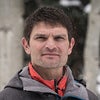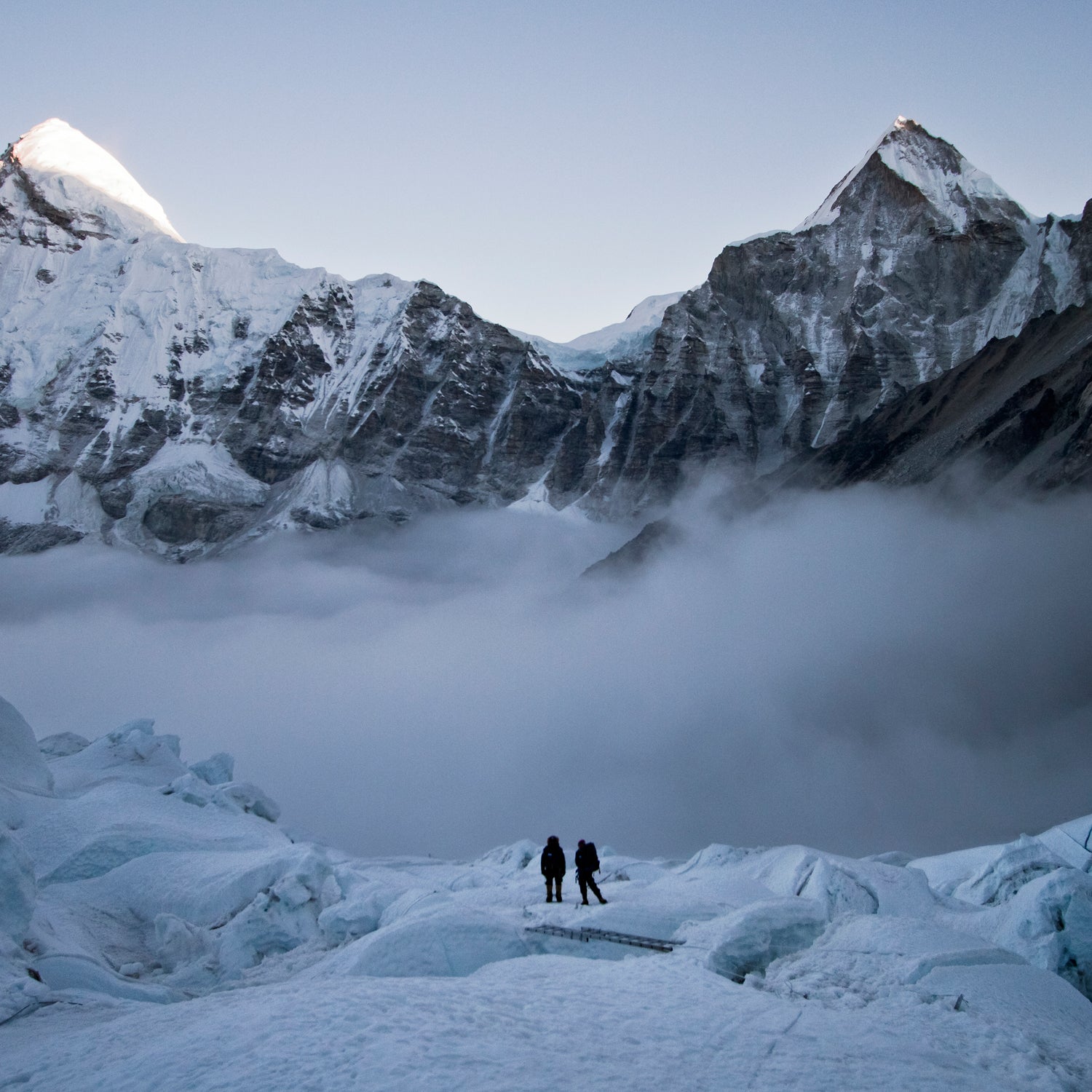The 2016 spring season on Everest, which kicks off in the next two weeks in Nepal and Tibet, may be the most scrutinized in history.��
Thirty-eight people have died on Everest’s flanks the past two years: 16 Nepali workers were killed when a massive serac fell onto the Khumbu Icefall in 2014; and 22 people died in 2015 when a 7.8 magnitude earthquake in Nepal triggered an avalanche that tore through a packed Base Camp. Last year was the first in more than four decades in which no one reached the planet’s highest point, after roughly 130 summited the year before (and 658 in 2013). The tragedies, which followed an ugly, highly publicized fight between local workers and three professional climbers in 2013, not only crippled Nepal’s mountaineering industry but caused many to question the future of climbing on the world’s highest peak.
“You can be lucky once or maybe twice, but I am not risking a third time,” Nima Sherpa after last year’s earthquakes.
Still, despite the destruction, family tragedies, and millions of dollars in tourism revenue lost, the allure remains. “The desire hasn't gone away,” says longtime Everest guide Adrian Ballinger, founder of Alpenglow Expeditions, which is leading a team up the mountain this year. “I think the desire to climb Everest is greater than ever.”
Yet with so many clients and outfitters having lost money on botched plans the past two seasons, some of the most qualified commercial guides and outfitters are sitting it out. “It was a pretty easy decision,” says Peter Whittaker, co-owner of Rainier Mountaineering, Inc., which has led Everest trips annually since 2008 but has opted to take this season off. “The primary reason was lack of clients.”
“I think the desire to climb Everest is greater than ever,” Adrian Ballinger says.
In fact, most outfitters we spoke to believe there will be roughly half as many climbers on the peak this year as there have been in the past—about 375 were permitted to climb last year. “I've had clients say, fuck this, it's not worth it, there are so many better things to challenge myself with,” Ballinger says. Himalayan Experience, for instance, is leading a team of seven clients after guiding up to 24 on past trips.��The overall drop-off will almost surely put more stress on Nepal’s fluttering economy, ten percent of which is propped up by the tourism industry.��It has also left a lot of local high-altitude workers scrambling to find jobs.��“I've been written by at least ten Sherpa who usually work with different companies asking me if I have work,” Ballinger says.
Not everyone is feeling the pinch, however. Longtime Everest outfitter International Mountain Guides (IMG) is fielding its standard team of 30 clients and six guides, and Madison Mountaineering, led by Garrett Madison, will guide ten clients on the peak after turning away three more. “There was never a question for me” of whether to return, Madison says. “My first six expeditions to Everest were all great: summits, safety, overall success. I feel like the last two seasons were outliers—so unlikely that they won’t happen again in my lifetime.”
Madison and two of his guides, as well as six of his clients, are among those climbing on permits from 2015, which would otherwise cost $11,000 per person. But because Nepal’s government did not announce its decision to extend permits from the previous season until March 1—long after someone would have had to commit to climbing Everest this year—the move had little effect on this season’s number of climbers.
Should all go well this year, the prevailing thought is that the demand will rebound next spring, and crowds will be back at Base Camp in 2017.
Here’s what you need to know going into the season:
State of the Khumbu
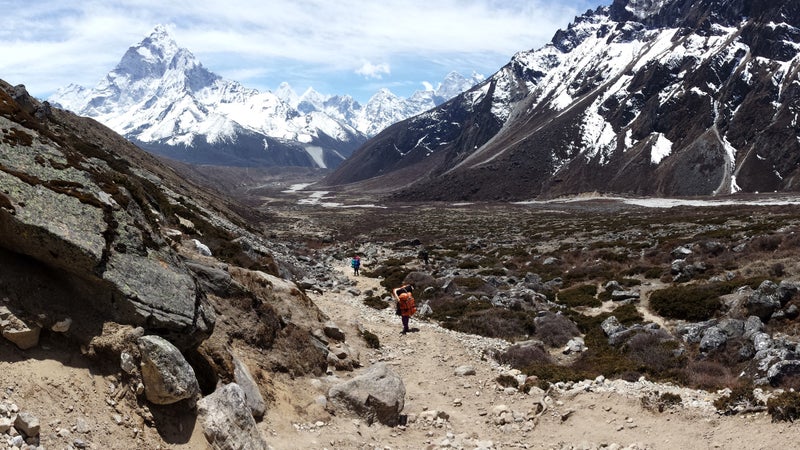
Nepal’s Khumbu region, which is home to dozens of villages dotting the trail that leads to the base of Everest, was one of the areas hardest hit by last year’s earthquakes. Many outfitters visited the Khumbu last autumn, and though the villages still are not completely rebuilt, their tea houses and eateries are ready to host the annual parade of trekkers and climbers this spring.
Phil Crampton, owner of Altitude Junkies, who is leading his thirteenth and final Everest expedition, raised money from clients past and present to help three of his climbing Sherpas rebuild their houses—one in the village of Lukla and two just below it. The Juniper Fund, a nonprofit founded by Everest guides David Morton and Melissa Arnot, is also supporting families of Nepalis who perished in the avalanches.��
Everest ER Founder Moves On
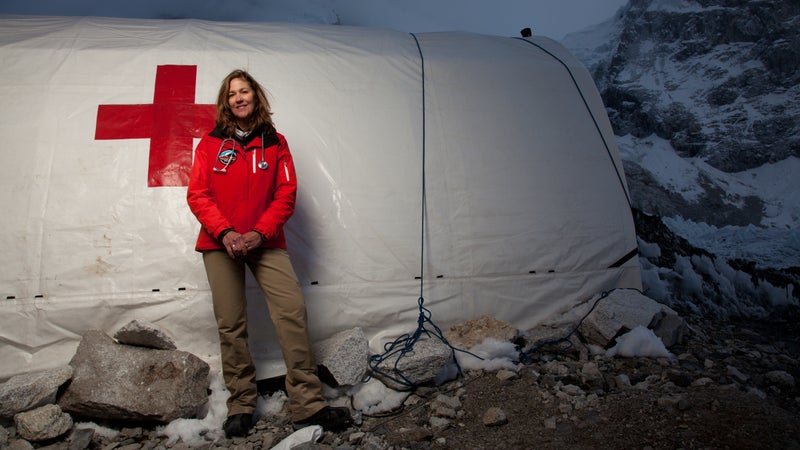
In 2003, when Montana doctor Luanne Freer founded Everest ER—the makeshift medical clinic at Base Camp that treats injured and ill climbers—she only intended to run it for five years. “Clearly I suffered from a bit of mission creep,” says Freer, who is finally stepping away this spring. The Himalayan Rescue Association will assume oversight of the clinic in Freer’s place.
“I needed a kick in the butt to move on, and Everest gave me several,” Freer wrote in an email from Kathmandu. “I will walk up with this year’s team. I’m sure it will feel strange to leave them and walk back down the mountain, but I will rip myself away. Perhaps like a mom who leaves her kid at kindergarten for the first time.”
After the clinic was destroyed in last year’s avalanche, , a shelter manufacturer that donated Everest ER’s prior tent in 2004, asked Freer to design exactly what she wanted in a replacement. The company built a much larger tent, complete with a partitioned waiting room and insulated floor, that will house this year’s clinic—and required 42 porter loads to reach base camp.��
As for Freer, she is focused on in honor of a friend, Wongchu Sherpa, who died of cancer last December and dreamed of better medical care in the lower Solokhumbu region, where the hospital will be located.��
Notable Climbs This Spring
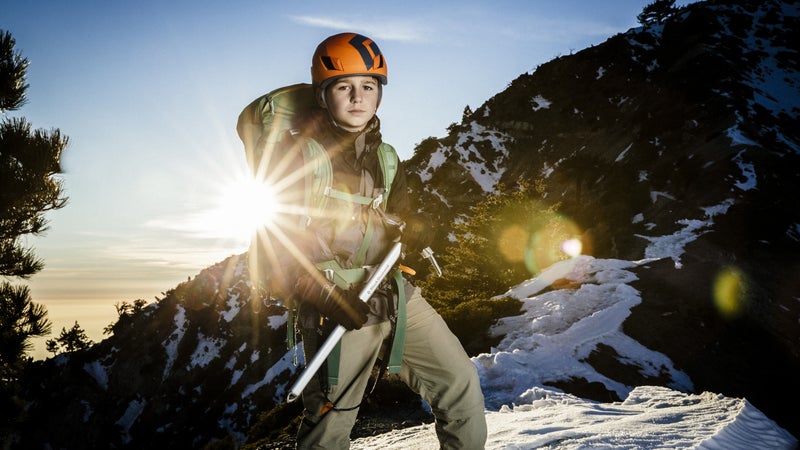
Tyler Armstrong, a 12-year-old from Southern California, aims to become the youngest Everest summiter ever. As of this week, he was still waiting to find out if he would receive special permission to climb from the north side; usually someone must be 18 to receive a permit.
Ballinger is heading up the north side of the mountain with National Geographic photographer Cory Richards, and the two will Snapchat their journey. Follow their climb at @EverestNoFilter. They’re also planning to ascend without using supplemental oxygen.
Former Hell’s Angel Tim Medvetz will climb from the north side with U.S. Marine Corp Staff Seargeant Charlie Linville, who lost a leg to a bomb in Afghanistan.
Nearby, Swiss alpinist Ueli Steck will attempt to put up a new route on the south face of Shishapangma, in Tibet.��
Spanish ultrarunner Kilian Jornet, whose plans to see how fast he could go from Base Camp on the north side of Everest to the summit and back were foiled by last year’s disaster, told �����ԹϺ��� that he will attempt that feat this fall.

